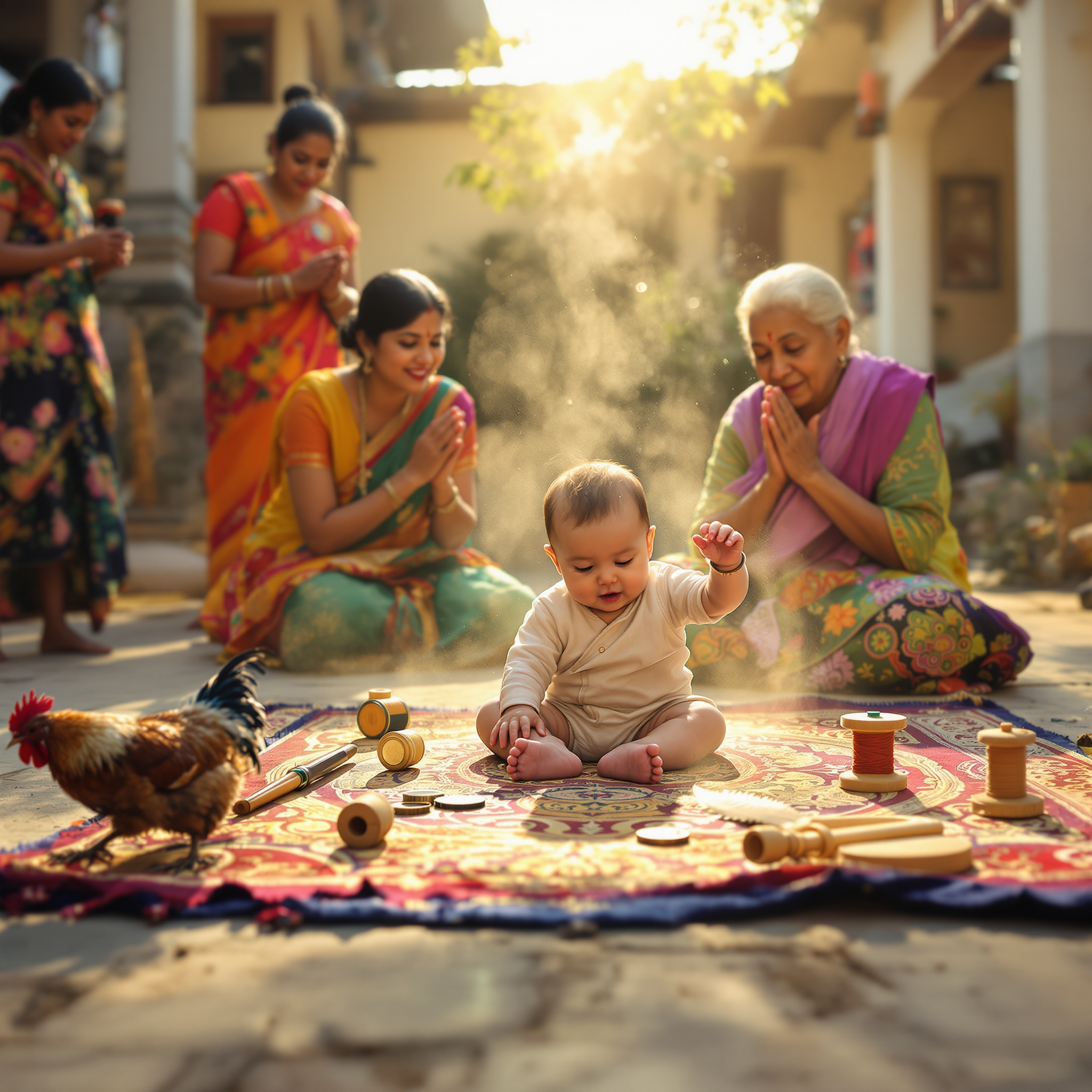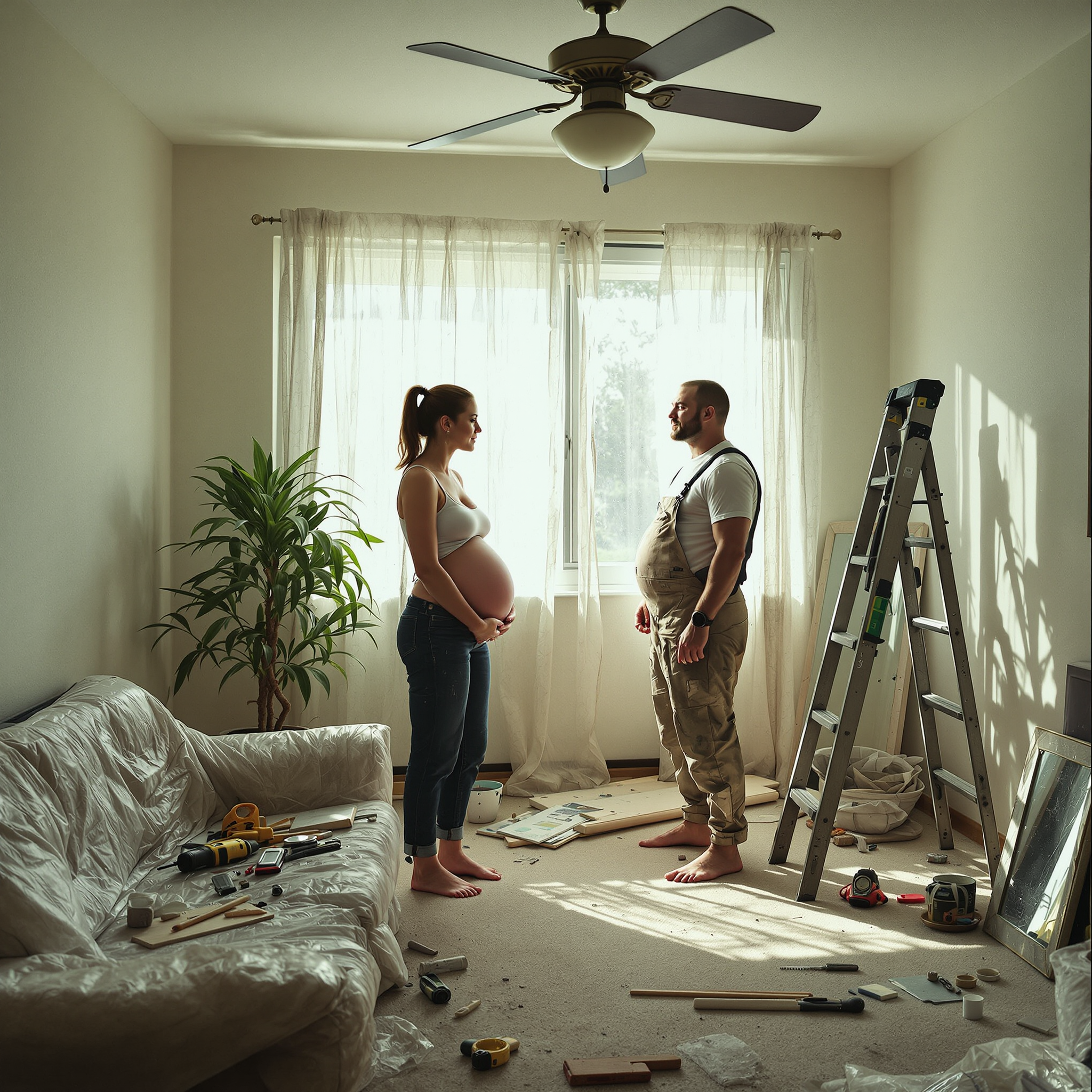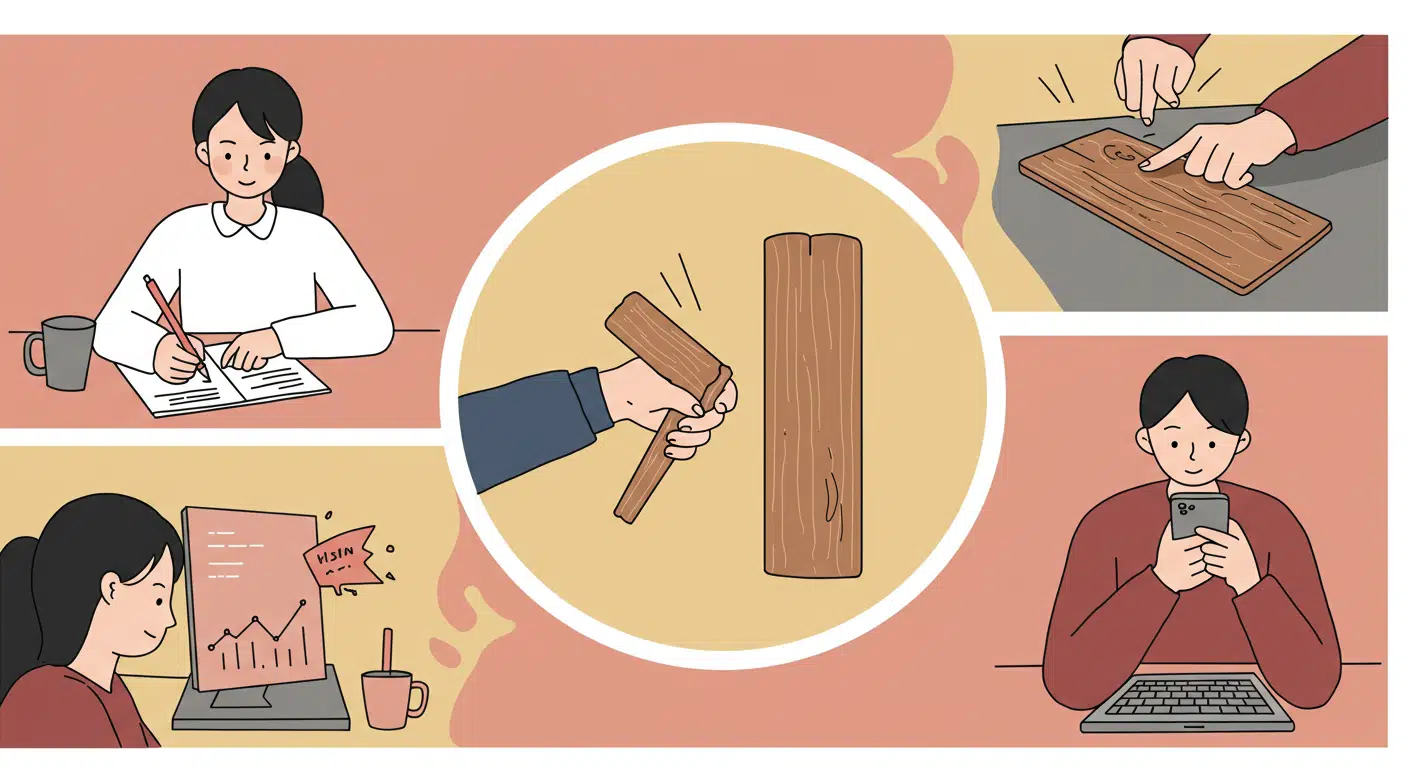The superstition holds that if two knives are placed or left crossed on a dining table, they symbolically ‘cut through’ peace and foreshadow discord or an argument among those present. In daily practice, this belief often results in people deliberately ensuring that cutlery, particularly knives, do not touch or intersect while setting a table. The concern may also extend to other sharp objects positioned similarly, but knives are the most common focus.
• Some cultures recommend uncrossing the knives and turning one blade away from others to ‘undo’ the omen.
• The superstition is often observed during formal meals or family gatherings to prevent social tension.
• It links the symbolic nature of knives—as cutting tools—with emotional or communicative severance in human relationships.

A baby’s future career or fate is predicted by the first object they select during a ceremonial setup.
In several Asian and Eastern European cultures, a traditional ceremony is held for babies usually around their first birthday. Known


